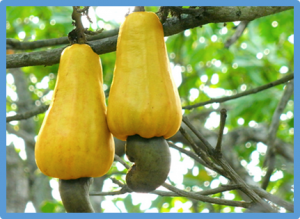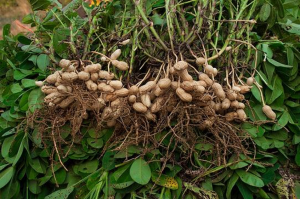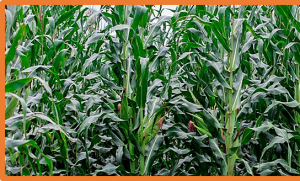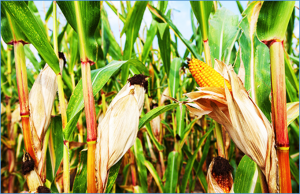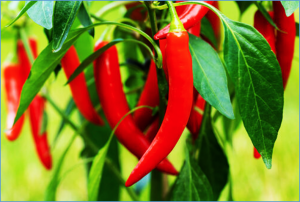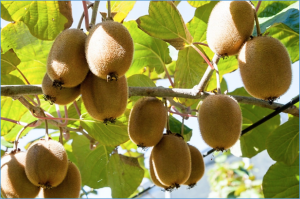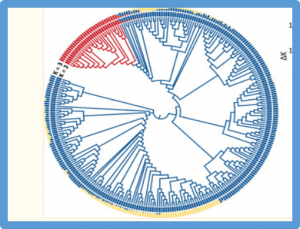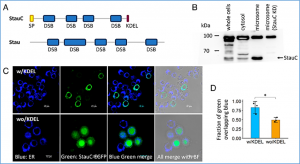Vietnam is currently one of the largest producers and exporters of cashew nuts in the world. Cashew (Anacardium occidentale L.) is one of the main industrial crops cultivated in Dak Lak Province of Vietnam. Comprehending the endophytic bacteria of this plant, a new biofertilizer for sustainable cashew nut production can be progressed. In this report, the cashew root sample was collected from cashew fields in 2021 in Dak Lak.
Despite the economic importance of Piper nigrum (black pepper), a highly valued crop worldwide, development and utilization of genomic resources have remained limited, with diversity assessments often relying on only a few samples or DNA markers. Here we employed restriction-site associated DNA sequencing to analyze 175 P. nigrum accessions from eight main black pepper growing regions in Sri Lanka. The sequencing effort resulted in 1,976 million raw reads, averaging 11.3 million reads per accession, revealing 150,356 high-quality single nucleotide polymorphisms (SNPs) distributed across 26 chromosomes.
Peanut (Arachis hypogaea L.) is a globally staple oilseed crop, extensively cultivated in tropical and subtropical regions. Due to its substantial oil (approximately 46%–58%) and protein (around 22%–32%) content, the peanut plays a pivotal role in addressing malnutrition and ensuring food security in many regions. The fatty acid profiles of vegetable oil and foods have recently garnered increased attention due to the potential impact on human health.
The effects of climate change in the form of drought, heat stress, and irregular seasonal changes threaten global crop production. The ability of multi-omics data, such as transcripts and proteins, to reflect a plant’s response to such climatic factors can be capitalized in prediction models to maximize crop improvement. Implementing multi-omics characterization in field evaluations is challenging due to high costs.
Barley yellow dwarf (BYD) is one of the economically most important virus diseases of cereals worldwide, causing yield losses up to 80%. The means to control BYD are limited, and the use of genetically resistant cultivars is the most economical and environmentally friendly approach. The objectives of this study were i) to identify the causative gene for BYD virus (BYDV)-PAV resistance in maize, ii) to identify single nucleotide polymorphisms and/or structural variations in the gene sequences,
The concave shape of the fruit tip in pepper plants is highly susceptible to drought and low temperature stresses, resulting in the appearance of a pointed tip fruit, which affects its commercial value. However, few studies on the process of fruit tip development and regulatory genes in pepper have been reported. Herein, the developmental process of the ovary before anthesis, especially changes in the shape of the ovary tip, was studied in detail.
Pseudomonas syringae pv. actinidiae biovar 3 (Psa3) causes a devastating canker disease in yellow-fleshed kiwifruit (Actinidia chinensis). The effector HopZ5, which is present in all isolates of Psa3 causing global outbreaks of pandemic kiwifruit canker disease, triggers immunity in Nicotiana benthamiana and is not recognised in susceptible A. chinensis cultivars. In a search for N. benthamiana nonhost resistance genes against HopZ5
Rice blast is a destructive fungal disease affecting rice plants at various growth stages, significantly threatening global yield stability. Development of resistant rice cultivars stands as a practical means of disease control. Generally, association mapping with a diversity panel powerfully identifies new alleles controlling trait of interest. On the other hand, utilization of a breeding panel has its advantage that can be directly applied in a breeding program. In this study, we conducted a genome-wide association study (GWAS) for blast resistance using 296 commercial rice cultivars with low population structure but large phenotypic diversity.
RNA interference (RNAi) is more efficient in coleopteran insects than other insects. StaufenC (StauC), a coleopteran-specific double-stranded RNA (dsRNA)-binding protein, is required for efficient RNAi in coleopterans. We investigated the function of StauC in the intracellular transport of dsRNA into the cytosol, where dsRNA is digested by Dicer enzymes and recruited by Argonauts to RNA-induced silencing complexes. Confocal microscopy and cellular organelle fractionation studies have shown that dsRNA is trafficked through the endoplasmic reticulum (ER) in coleopteran Colorado potato beetle (CPB) cells.
Examining the connection between P and starch-related signals can help elucidate the balance between nutrients and yield. This study utilized 307 diverse maize inbred lines to conduct multi-year and multi-plot trials, aiming to explore the relationship among P content, starch content, and 100-kernel weight (HKW) of mature grains. A significant negative correlation was found between P content and both starch content and HKW, while starch content showed a positive correlation with HKW.

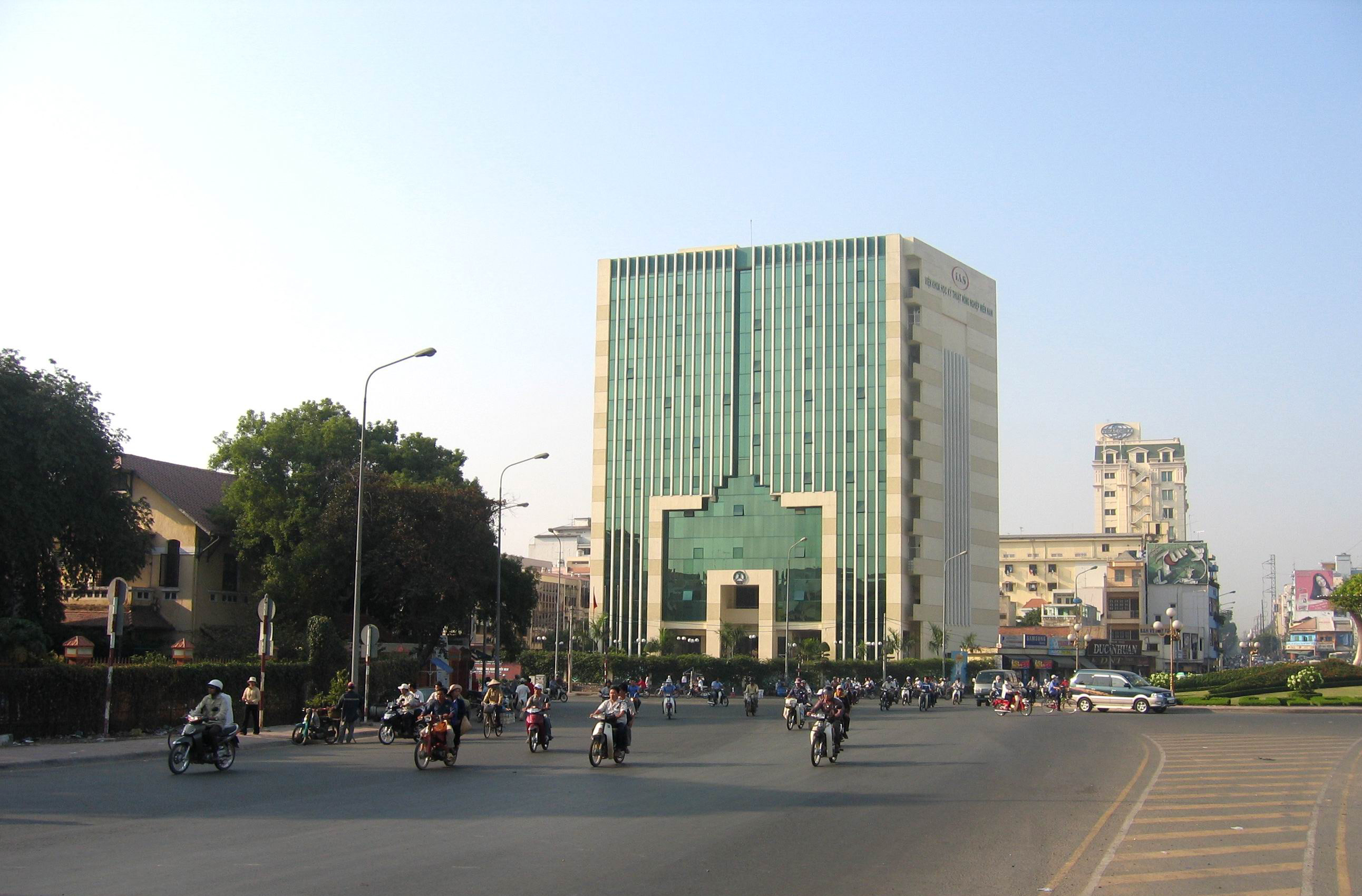
 Curently online :
Curently online :
 Total visitors :
Total visitors :
